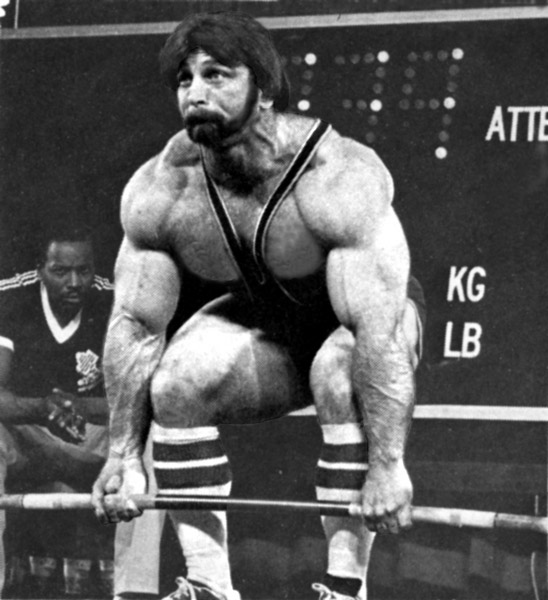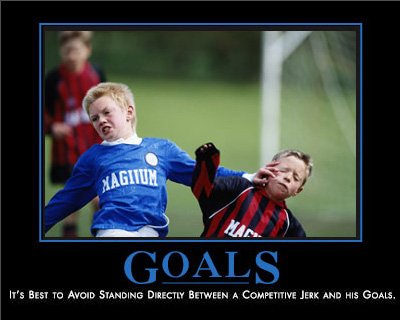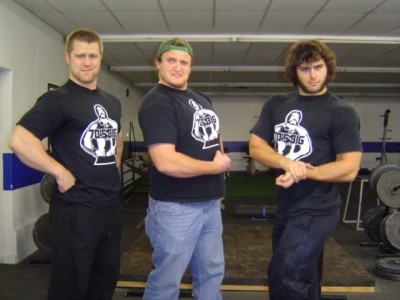Merry Christmas
Edit: Today is PR Friday too. Weight lifted, body weight gained, food eaten, etc. Post a PR to the comments.
Yesterday I mentioned a program that is a nice combination of barbell training and conditioning (there was not an emphasis on explaining the conditioning, but I digress). Today I want to highlight a very basic novice program that will not only help a novice to increase their strength, but their performance in the Olympic lifts as well. It looks like this:
Monday — Clean and jerk (heavy), Snatch (light)
Tuesday — Squat, Press, Chin-ups
Wednesday — OFF
Thursday — Snatch (heavy), Clean and Jerk (light)
Friday — Squat, Bench Press, Deadlift
The basic idea is that the Olympic lifts are done before the strength workouts so that there is not fatigue for the Olympic lifts. I like to put clean and jerks at the beginning of the week because after having the weekend to rest, the novice lifter should be able to consistently drive the weight up on this lift. The deadlift is done at the very end of the week because I do not want it to interfere with any of the Olympic lifting done earlier in the week.
The key here is that this is a novice program. It will not work for someone who has a more advanced state of adaptation because the days start to interfere with each other (for example, the pressing done on Tuesday will interfere with Thursday’s snatch workout). This set up works well with trainees who are learning the Olympic lifts as well as younger athletes who are still able to adapt to stress on a daily basis. If you guys remember the video of Bryan squatting 495x5x3 (and he has since done 505x5x3), he is on this particular program along with having two minor league practice sessions a week. A trainee will not be able to handle this workout for very long because eventually the stress will become to high to recover from.
Keep that in mind, because this will only work with certain people. We have been tinkering with it at the WFAC for about five months, and this should allow the novice to learn the lifts, and increase everything on a weekly basis. Certain days will require one of the Olympic lifts to be done light, and this should be taken seriously. Ten singles in the clean and jerk done every two minutes or 15 singles in the snatch done every minute would work well for the light workout. The key is to consistently practice good technique and the weight lifted is totally irrelevant. The slow lifts can be increased in a similar manner to the linear progression. Again, this is all dependent on the individual, so use your brain, or hopefully your coach uses his.
Feel free to ask any questions in the comments. If some of this post does not make sense, it is because I have been playing pool and drinking for a few hours in my mom’s basement. Sue me.
———-
And here is an impromptu Merry Christmas from a few of us fellows at the WFAC dicking around:
Notice AC’s laugh at the end.



